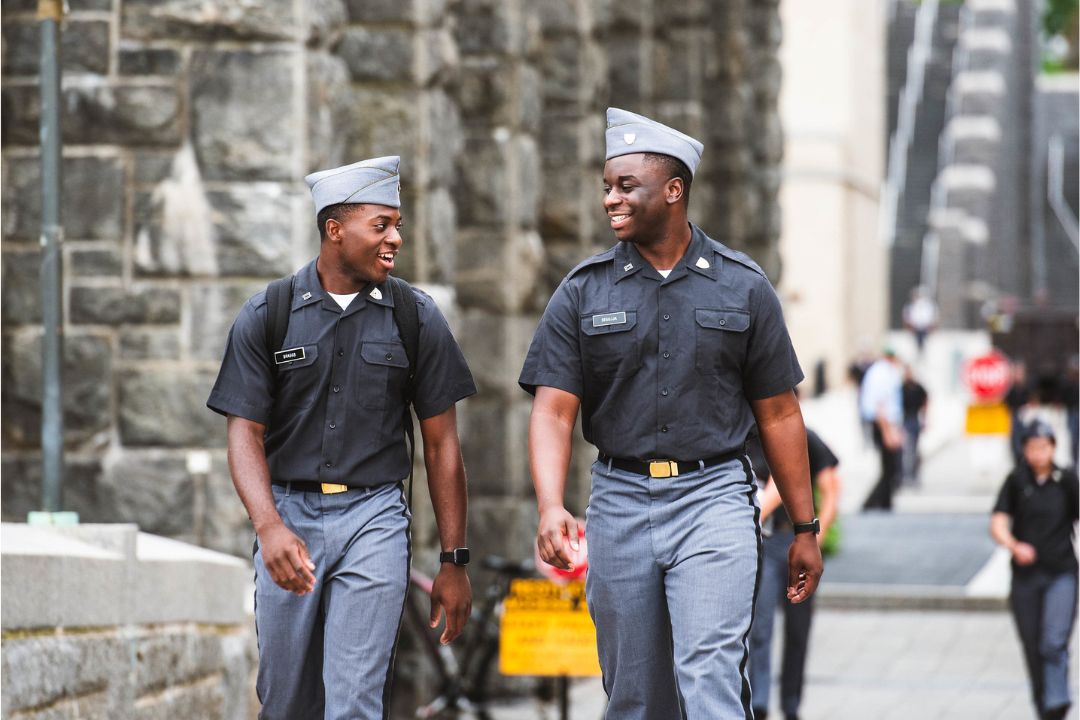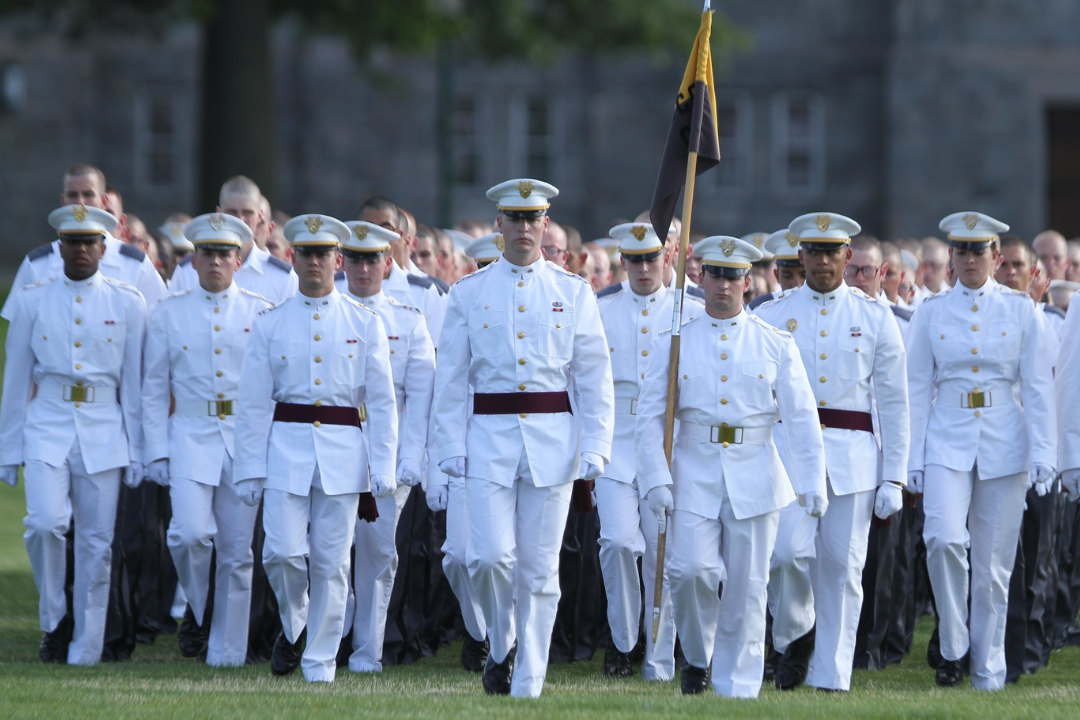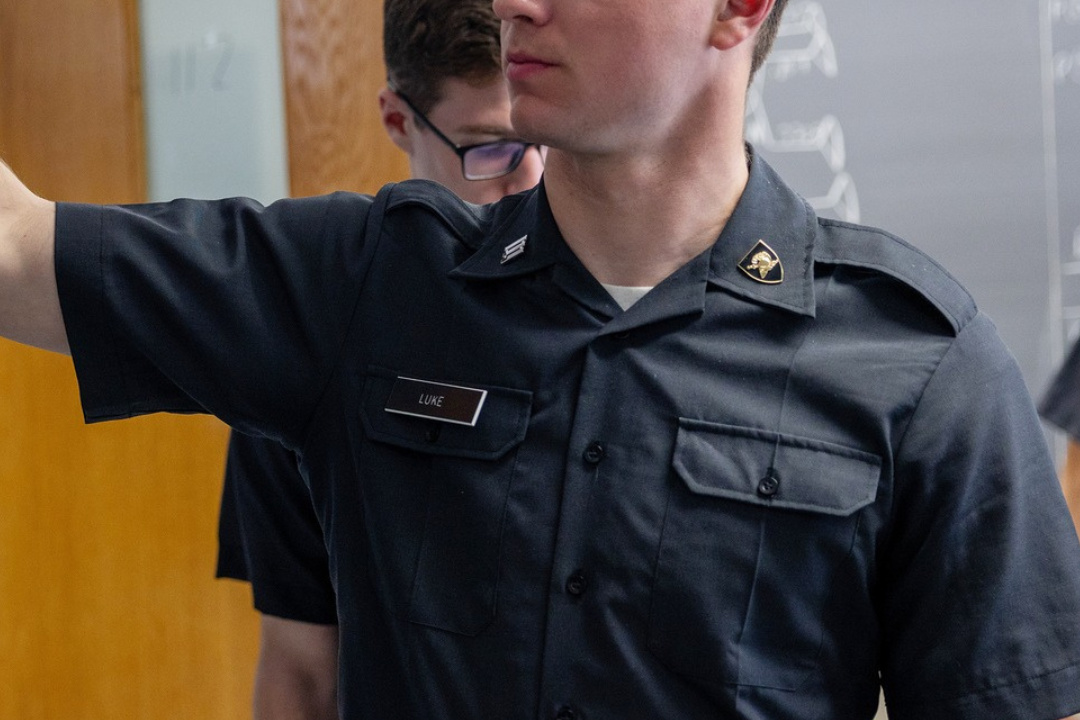A historical overview of the United States Military Academy (USMA) cadet uniforms
A historical overview of the United States Military Academy (USMA) cadet uniforms

Since the first cadets at USMA belonged to the artillery and engineers, they wore their uniform--a dark blue cutaway coat with scarlet facings, brass buttons, white or blue waistcoat and tight pantaloons, black leather boots, a large cocked hat with a black cockade and a scarlet feather.
In 1815 Brigadier General Joseph Swift, the Academy’s first graduate in 1802, wrote to the Secretary of War advocating for the permanent adoption of the gray uniform the Corps of Cadets had been wearing for the last fifteen months. During the War of 1812, indigo was very expensive and therefore gray cloth “better suits the finance of the Cadets than one of Blue would.” The Secretary of War approved the cadet gray uniform in January of 1816, and a detailed cadet uniform order was issued in September. There are few uniforms the world over so renowned as "cadet gray."



In addition to the purely cadet uniforms, cadets also wear uniforms that are utilized Army-wide.
Cadets have a uniform for physical workouts and games called the gym uniform. It consists of black gym shorts and a black T-shirt with tennis shoes.
The cadet at West Point is nearly always in uniform during the academic week, and the Army sees to it that uniforms are always the smartest and best uniforms that can be made. "A uniform for every day and the pride to wear it standing tall."
Cadets wear distinct color crests based on their class year at the academy.
A full listing and explanation of cadet rank is included in Bugle Notes.
The winters are long and hard at West Point, so some type of heavy overcoat is needed much of the academic year. Overcoats were first issued to cadets in 1828; before that they wore any kind they pleased. "Such a mixture of scotch-plaid and camlet cloaks and cloth surtouts was probably never seen elsewhere on parade," one graduate recalled. Superintendent Thayer adopted the long gray overcoat in 1828, and it has changed only in the fact that the present overcoats are double-breasted.
The long gray overcoat is a traditional part of the cadet's uniform and has been copied by military schools throughout the country. It, like the full dress coat, is still made by hand in the Cadet Store Tailor Shop.
Rubberized raincoats (called mackintoshes) were first introduced in 1894 to supplement the long overcoat. Worn today with a dress cap and rubber cap cover, it still supplements the long overcoat, in inclement weather. The raincoat is the only article of clothing that may be loaned to visitors.